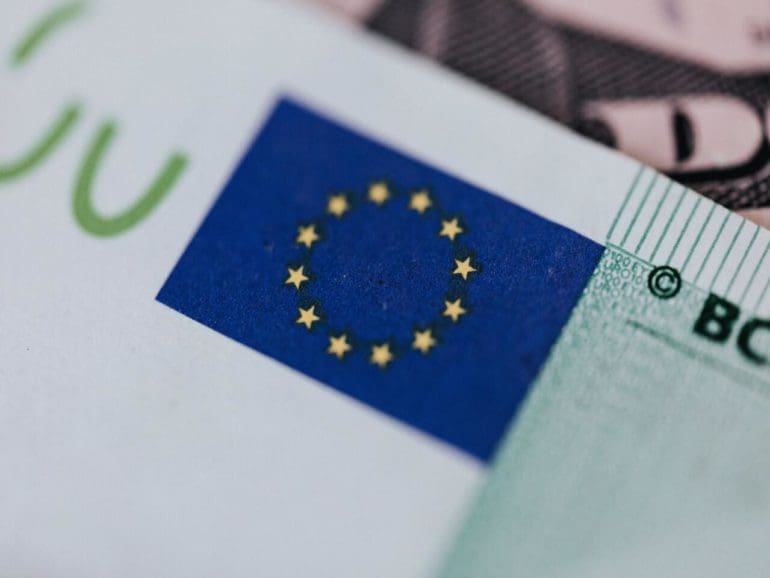MiCA (Markets in Crypto Assets Regulation) and another law to identify crypto payment recipients have been adopted by the European Union (EU).
Following the Permanent Representatives Committee meeting of Oct. 5, 2022, a comprehensive 380-page document was released that explained the policy and future legislation by the European Parliament Committee on Economic and Monetary Affairs.
David Carlisle, Vice President of Policy and Regulatory Affairs at Elliptic, takes a positive attitude to the news.
“MiCA will provide Europe with the most comprehensive and rigorous framework for crypto in the world,” Carlisle said.
“The regulatory approach to crypto in the US and UK, by contrast, is being adopted in an ad hoc fashion that has left the industry unclear about the future of regulation in those countries. Many crypto firms now see the EU as a preferable business environment to the US and UK. By putting forth a bold and comprehensive framework in MiCA, the EU has positioned itself to lead as an innovator in the crypto space.”
Related:
MiCA licenses
In MiCA, crypto wallets and exchanges will be licensed to operate across the bloc for the first time. At the same time, stablecoins will be required to maintain reserve requirements to prevent collapses.
Among the provisions of MiCA are rules revealing the identities of persons transacting cryptocurrencies, such as issuers of unbacked crypto assets and stablecoins. EU residents who use crypto services provided by centralized organizations are subject to MiCA. Some of the main highlights of the policy include the following:
- Much of the regulation surrounds minimizing insider trading, unauthorized disclosure of inside information, and other market manipulation events related to cryptocurrencies.
- If an institution loses a crypto investor’s assets, it may be held liable unless it can prove it was out of control. Institutions must adhere to strong requirements to protect consumer wallets.
- Regulations require firms to report their environmental footprint but don’t mention proof-of-work consensus mechanisms.
- MiCA will determine the uniqueness and non-fungibility of NFTs by using a substance-over-form approach.
- Providing custodial services, crypto asset service providers (CASPs) must be in the EU. Since most stablecoin issuers and crypto exchanges are located outside of the EU, this will have a particular impact on them.
Definition of crypto-assets
It is not the purpose of MiCA to cover crypto-assets that might be regulated under other EU financial law instruments; consequently, security tokens or electronic money (excluding e-money) would not be protected by the law.
As a result of the MiCA bill, crypto-assets can be classified into three subcategories based on whether they seek to stabilize their value relative to other assets. These include asset-reference tokens, e-money tokens, and other crypto-assets.

- “Utility tokens” are issued with non-financial purposes to digitally provide access to an application, services, or resources available on blockchain networks. The crypto-asset white paper contains an unambiguous statement that where the offer to the public concerns utility tokens, such utility tokens may not be exchangeable against the good or service promised in the crypto-asset white paper, especially in case of failure or discontinuation of the project;
- “Asset-referenced tokens”(ART) maintain stable value by referencing several legal tender currencies, one or several commodities, one or several crypto assets, or a basket of such assets.
- “E-money tokens” (EMT) are crypto assets with a stable value based on only one fiat currency that aims to function similarly to electronic money.
When the European Central Bank determines that an ART issuer threatens the EU’s monetary sovereignty, competent national authorities will have the right to withdraw the authorization of such companies. The European Banking Authority (EBA) will decide how to classify ARTs, with national authorities being able to revoke consent when the EBA deems they pose a threat.
“Unquestionably, MiCA will raise the costs of compliance for crypto asset service providers (CASPs) across the EU. Smaller firms will likely find it burdensome to meet MiCA’s stringent provisions – especially new prudential and consumer protection requirements. However, the crypto industry has welcomed MiCA and is largely optimistic about it. While stringent, MiCA provides a clear indication of the regulatory roadmap ahead. Regulatory uncertainty comes with high costs for the crypto industry, so the industry welcomes the certainty MiCA provides,” adds Carlisle.
Next steps
Before 2024, the legislation must be formalized by the European Parliament and published in the EU’s official journal. There will need to be a vote on the act in the European Parliament plenary session before it can be signed into the Official Journal. During that time, crypto firms will have up to 18 months to prepare for the changes, with the bill likely becoming effective in 2024.
Once it becomes operative, it will establish a harmonized crypto regulatory framework at the European Union level.


